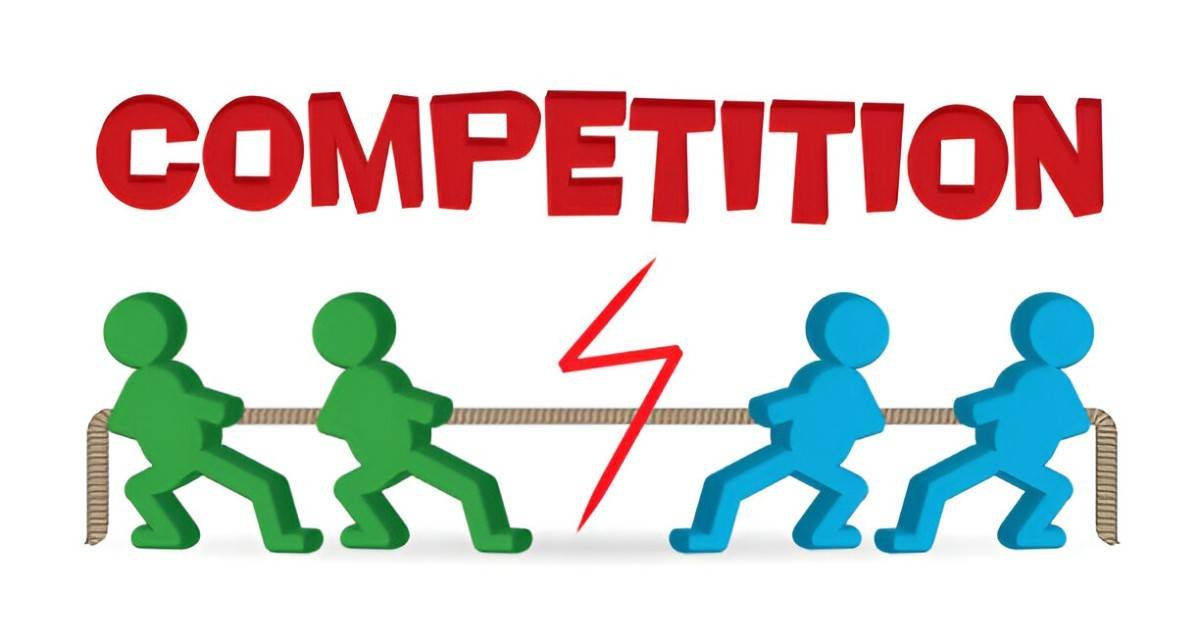Competition drives markets, but not all competition revolves around price. While slashing prices may attract customers, businesses often rely on non-price competition to differentiate themselves. In this guide, I explore what non-price competition means, why it matters, and how companies use it to gain an edge. I’ll break down key strategies, real-world examples, and even some mathematical models to help you grasp the concept fully.
Table of Contents
What Is Non-Price Competition?
Non-price competition occurs when firms compete using factors other than price. Instead of undercutting rivals, businesses focus on:
- Product differentiation (unique features, quality, design)
- Customer service (support, responsiveness, personalization)
- Branding and marketing (advertising, loyalty programs)
- Convenience (location, delivery speed, user experience)
This approach helps firms avoid price wars, which can erode profits. Instead of battling over pennies, companies invest in long-term customer loyalty.
Why Non-Price Competition Matters
Price competition has limits. If every business sells identical products, the only differentiator becomes cost. But in reality, consumers care about more than just price. Consider Apple—iPhones aren’t the cheapest smartphones, yet they dominate because of branding, ecosystem integration, and perceived quality.
Non-price competition also fosters innovation. When companies can’t rely on discounts, they must improve products, enhance service, or create better marketing campaigns.
Key Strategies in Non-Price Competition
1. Product Differentiation
A firm can stand out by offering unique features. Think of Tesla—while other automakers compete on price, Tesla emphasizes autonomous driving, battery tech, and sustainability.
Mathematically, product differentiation can be modeled using Hotelling’s Linear City Model, where firms position products along a spectrum of consumer preferences. The model assumes consumers choose based on utility, not just price.
The utility function for a consumer at position x buying from Firm A (located at a) is:
U_A = V - p_A - t(x - a)^2Where:
- V = base utility of the product
- p_A = price charged by Firm A
- t = “transport cost” (disutility from not getting the ideal product)
Firms maximize profits by optimizing product positioning rather than just slashing prices.
2. Branding and Advertising
Strong branding creates perceived value. Coca-Cola doesn’t compete on price—it competes on emotional connection. Advertising shifts demand curves by making consumers prefer one brand over another.
The Dorfman-Steiner Condition explains optimal advertising spend:
\frac{A}{PQ} = \frac{\eta_A}{\eta_P}Where:
- A = advertising expenditure
- PQ = total revenue
- \eta_A = advertising elasticity of demand
- \eta_P = price elasticity of demand
This equation shows that firms should spend more on advertising if demand is highly responsive to ads rather than price changes.
3. Customer Service and Experience
Amazon dominates e-commerce not because it’s the cheapest, but because of fast shipping, easy returns, and personalized recommendations. Superior service justifies higher prices.
A simple model for customer retention:
CLV = \sum_{t=1}^T \frac{(R_t - C_t)}{(1 + d)^t}Where:
- CLV = Customer Lifetime Value
- R_t = Revenue from customer in period t
- C_t = Cost to serve customer in period t
- d = discount rate
Investing in service increases R_t and T (customer lifespan), boosting CLV.
4. Distribution and Convenience
Walmart’s success comes from strategic store locations and supply chain efficiency. Even if competitors match prices, Walmart wins on accessibility.
A location model can illustrate this:
\pi_i = (p_i - c_i) \cdot Q_i - F_iWhere:
- \pi_i = profit at location i
- Q_i = demand at location i
- F_i = fixed costs (rent, infrastructure)
Firms optimize Q_i by choosing high-traffic locations, even if F_i is higher.
Real-World Examples
| Company | Non-Price Strategy | Outcome |
|---|---|---|
| Apple | Premium branding & ecosystem | High profit margins |
| Starbucks | Customer experience & ambiance | Justifies $6 lattes |
| Zappos | Free returns & 24/7 service | Loyal customer base |
| Tesla | Innovation & sustainability focus | Market leadership in EVs |
When Non-Price Competition Fails
Not all differentiation works. If consumers don’t value the added features, the strategy fails. For example:
- Segway had unique tech, but poor market fit.
- BlackBerry stuck to physical keyboards while smartphones evolved.
Conclusion
Non-price competition is a powerful tool for businesses. By focusing on differentiation, branding, service, and convenience, firms avoid destructive price wars and build lasting advantages. Mathematical models like Hotelling’s differentiation and Dorfman-Steiner advertising optimization help quantify these strategies.





